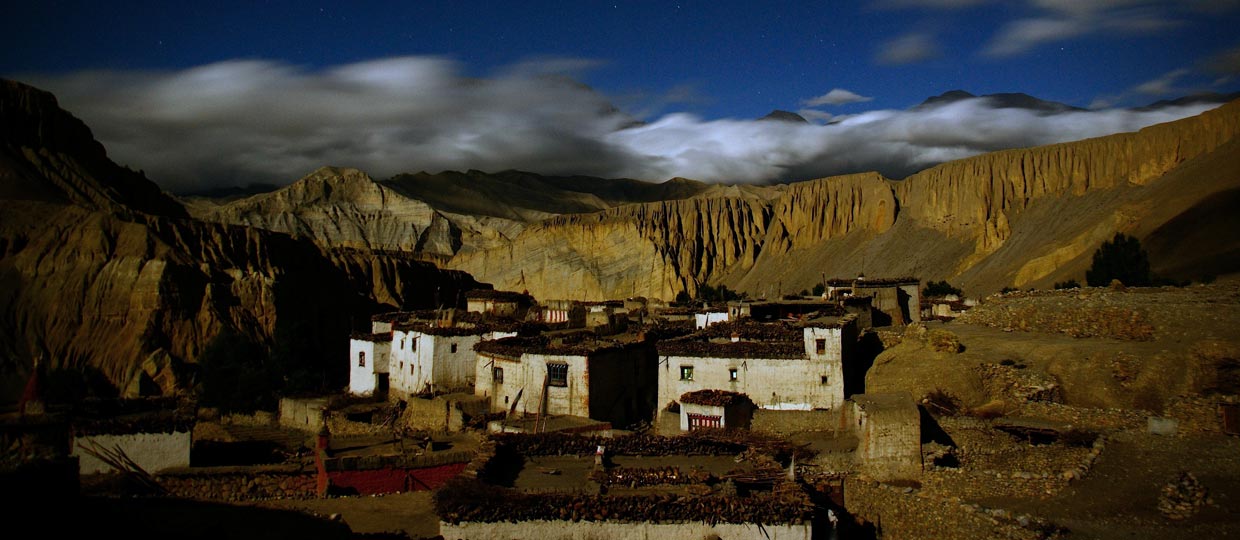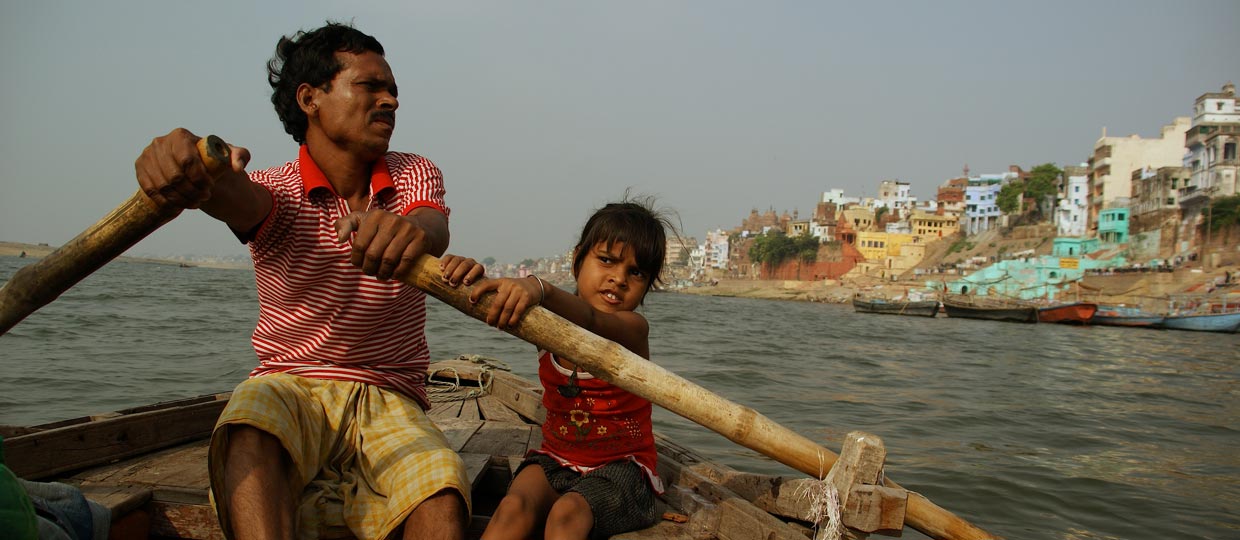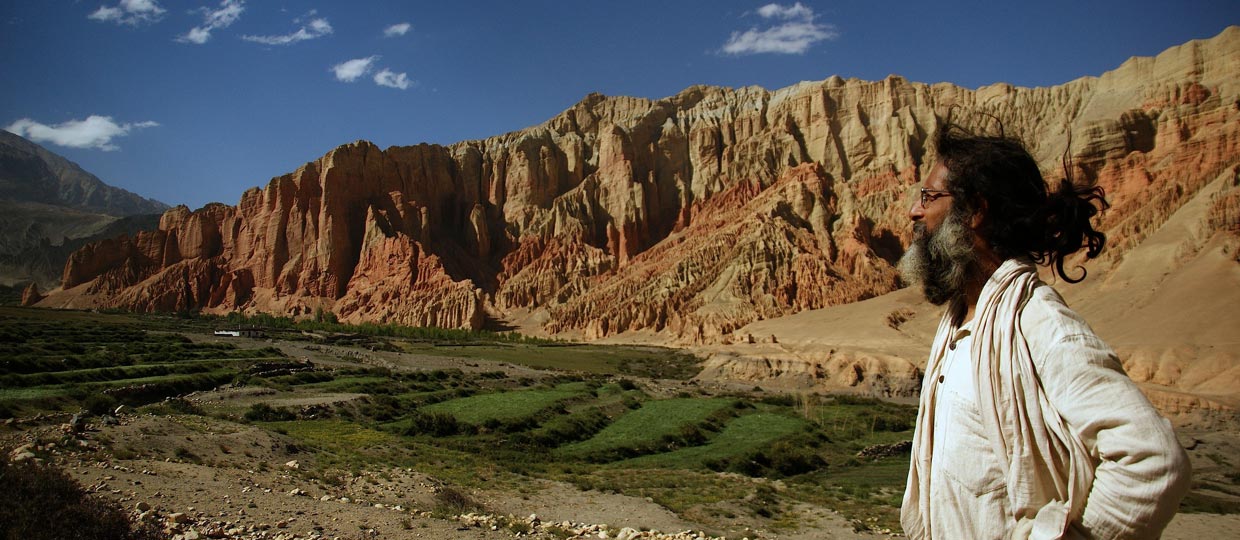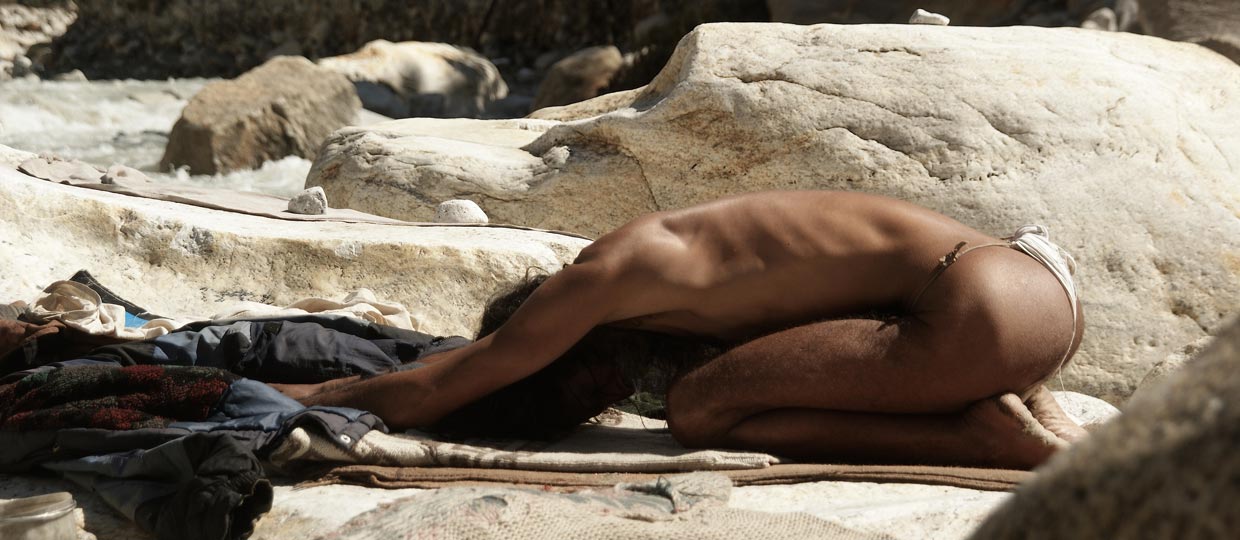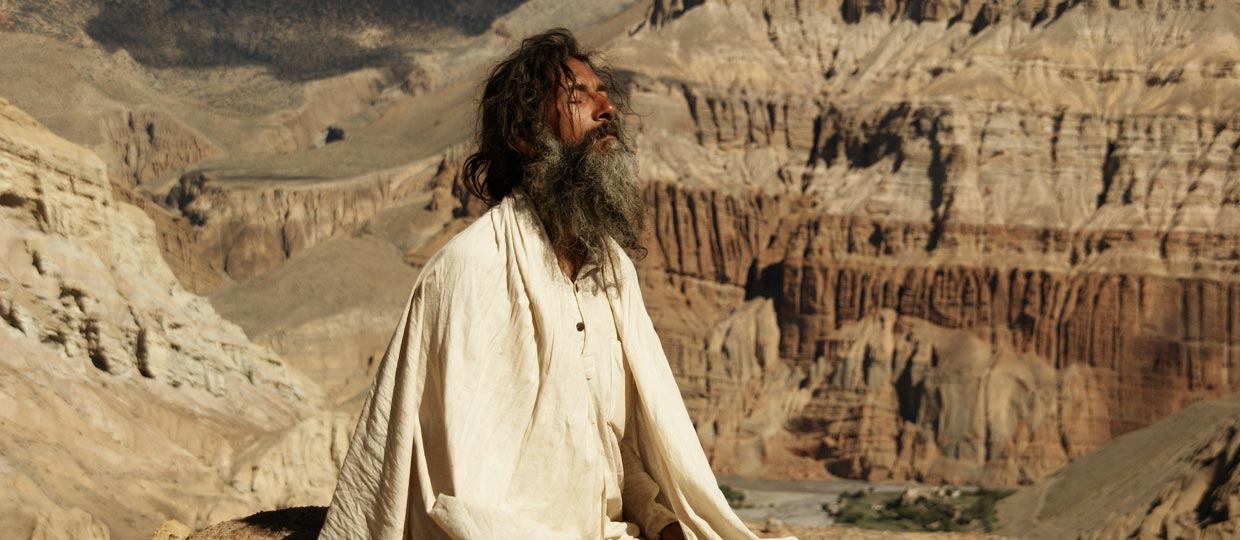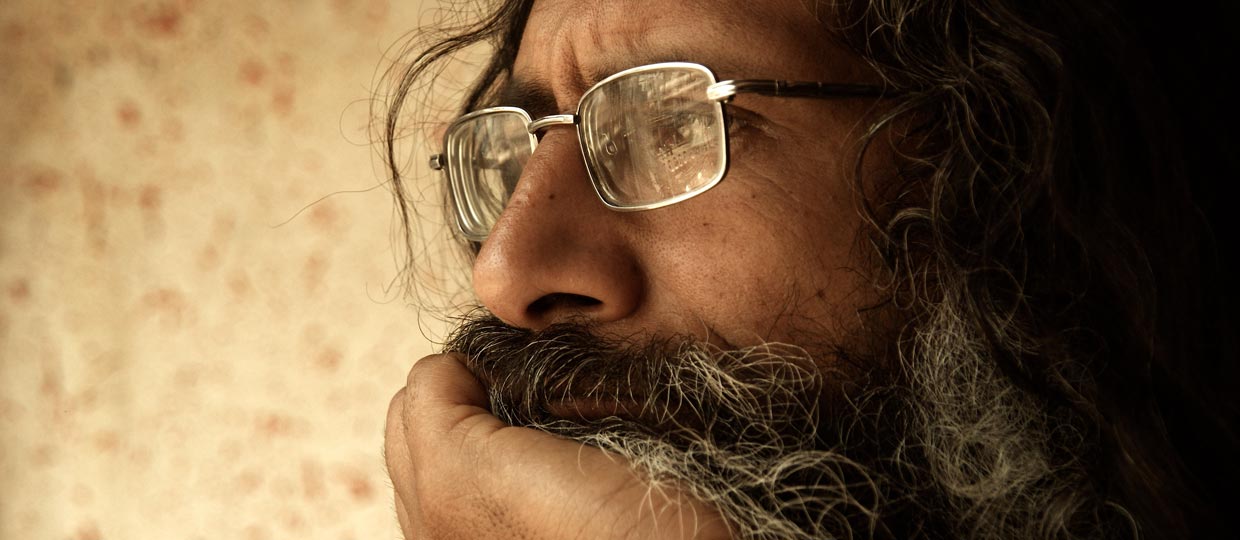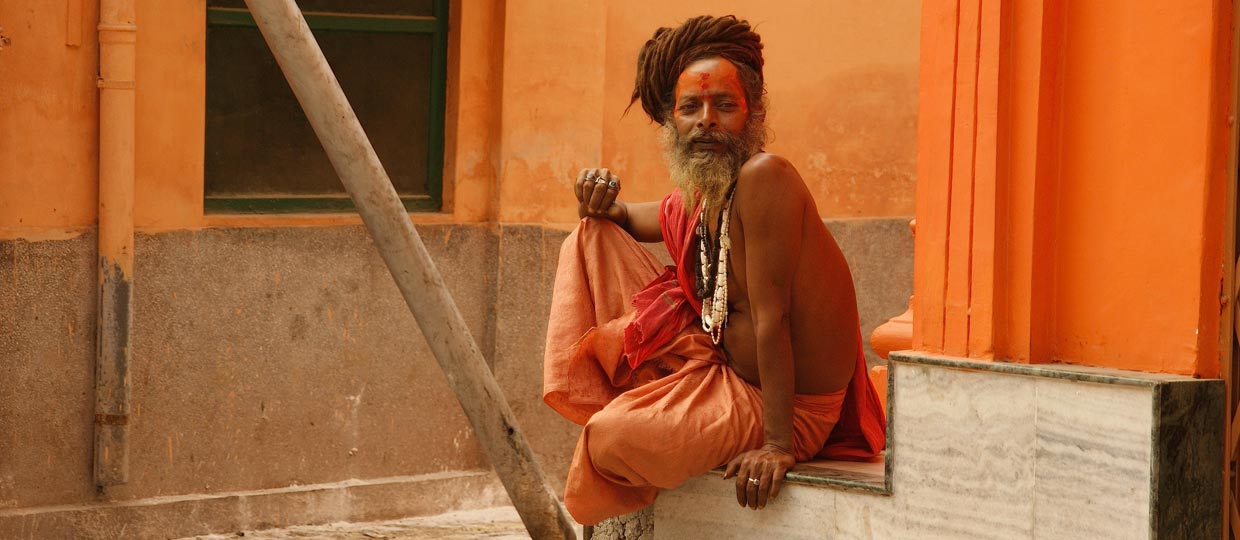The film
SYNOPSIS
Suraj Baba is a sadhu, a Hindu holy man. He has renounced to earthly goods and has shut himself away to live in a cave in the heart of the Himalayas at 10,000 feet above sea level. After eight years of isolation and meditation, he takes the risk of exposing himself to the world once more. Before he confirms his vows to become an ascetic monk after a pilgrimage of many months, Suraj decides to join the rest of sadhus during the Kumbh Mela celebration, which gathers more than 70 million pilgrims every 12 years. Suraj’s sincerity during his journey of initiation turns the Indian mysticism into a secondary theme of the movie. He is a wise man that doesn’t want to be wise any more.
WHAT IS A SADHU?
From Sanskrit “good man, Holy Man,” the sadhu makes the vows of poverty and chastity. It is the mythical character of India, representing both the philosophy and the rejection of material goods in favor of spirituality.
“Sad” means truth and “sadhu”, the seeker of truth.
The sadhus cut all ties with their families, and have no wealth. They live withdrawn, or are begging on the roads of India and Nepal feeding themselves with donations of the devotees.
Today they constitute 0.5% of India’s population, but the authentic sadhus do not usually show outside the Kumbha Mela.
They practice meditation. To part from the physical suffering that make men vulnerable, they impose themselves many mortifications.
SURAJ BABA
Born in Darjeeling, India, with a bourgeois background, Suraj left everything to live a spare life of renounciant. Respected in India as a holy man, he gave up everything to devote himself to meditation. He had lived in a cave at 10’000 feet in the Himalayas when he met Gaël.
THE KUMBH MELA
Largest religious gathering in the world, the Kumbh Mela is a pilgrimage that takes place every twelve years at the foot of the Himalayas on the banks of the Ganges. It attracts millions of pilgrims. This festival reflects the complex mix of religious and cultural values that forms the social fabric of Indian society.
The Kumbh Mela once contained the nectar of immortality. Bathing in the sacred river would provide for the faithful a total remission of their sins. More for the sadhus than for the faithful, it represents a unique event.
It brought together more than 11 million pilgrims in 1977, 25 million in 1998 and over 70 million in 2010.
BACK STORY
Over the course of six years, Gaël met many sadhus while he was en route between India and Nepal. He was fascinated by their philosophy of privation and accompanied them on several pilgrimages.
Since the sadhus only appear briefly in his movie Nomad’s Land- in the footsteps of Nicolas Bouvier, Gaël expressed the wish during the film’s post-production to make his next film about one of them. During the three months he spent looking for a main character for his upcoming film, SADHU, his fascination for ascetics turned into affection. During his search, Gaël met Suraj Baba, a person who shattered Gaël’s myth of what a sadhu, an unworldly ascetic and a holy man is according to many Indians.
Gaël especially liked that Suraj didn’t seem to embody a common sadhu at first sight: he had big glasses and an even bigger interest for the western culture (e.g. rock music, Plato’s philosophy, the novels of Hermann Hesse and Saint-Exupéry). That was where Suraj’s strength and weakness lay. He had yet to find his own way between the western and the eastern worlds, between consumer society and privation, between a stable family life and abstinent solitude, and between having success in life and living a successful life. While he assimilates both of the apparently contradictory lifestyles, he debunks the clichés we usually have about the “Orient” and “oriental spirituality”. The search he carries out on his journey of initiation will eventually lead him to not choose between his solitude and the world, his past in society and the abstinence of the present. Suraj is determined to reconcile both ways of living life and to live “inside and outside the world at the same time”.
Gaël is one of the few persons that Suraj has met in the last eight years. During the first days they spent together, Gaël was not sure whether Suraj even spoke English. But after some weeks had passed, Gaël and his camera slowly turned into Suraj’s confidants. Since Gaël was alone with Suraj – without a crew –, he was able to film the sadhu’s activities without bothering him. Thanks to their friendship and the unique Kumbh Mela celebration, Suraj finally decides to make his dream come true. He wants to face his fears and unite the past and future in order to experience the world both in his cave and in the rest of India. During the pilgrimage they share, Suraj and Gaël show us that Indian spirituality can sometimes also turn out to be a business. After following Suraj Baba for one year, the viewer also realizes that Indian spirituality also truly does exist. The tradition of this spirituality, which is based on the idea of finding our place in the world and in nature and having control of our bodies and minds, has been alive for thousands and thousands of years. This spirituality embraces a universal development, even though it leaves little space to individual development. From 250 hours of compelling footage, Gaël created a one-and-a half-hour-long movie in which he invites the viewer to travel with Suraj Baba and discover India’s beauty and world of thought.
Francine Lusser and Gérard Monier (producers)
MUSIC
The main part of the movie’s soundtrack was composed in two weeks in the mountains of the Valais canton in Switzerland. During his trip, Gaël met a sitar player named Orindam who had flown there from Kolkata on Gaël’s request. We got along very well from the beginning. I discovered in him a great musician who had mastered the repertoire of classical Indian music. I added some of my own rather occidental ideas inspired by rock and blues music that Orindam didn’t know.
The two musicians from Valais – Stéphane Montangéro, who learned how to play the tabla in India, and Florian Alter, a highly talented violinist – joined us during Orindam’s stay.
I wrote some of the songs and ambient music in collaboration with Gaël. We always follow the same working process: he tells me which ambience he has in mind, I compose several themes, we exchange some ideas on mp3 files and then talk about how to proceed with our work. Gaël is an ideal director for me because he knows how to put his trust into a musician and guide the work in the right direction.
Nowadays, with music becoming more and more standardized, I believe that we’ve been able to create an interesting sound that is not at all perfect, but very lively. I think it’s a good sign when a listener can’t tell that a computer was involved in the music-making process.
Julien Pouget (composer)


